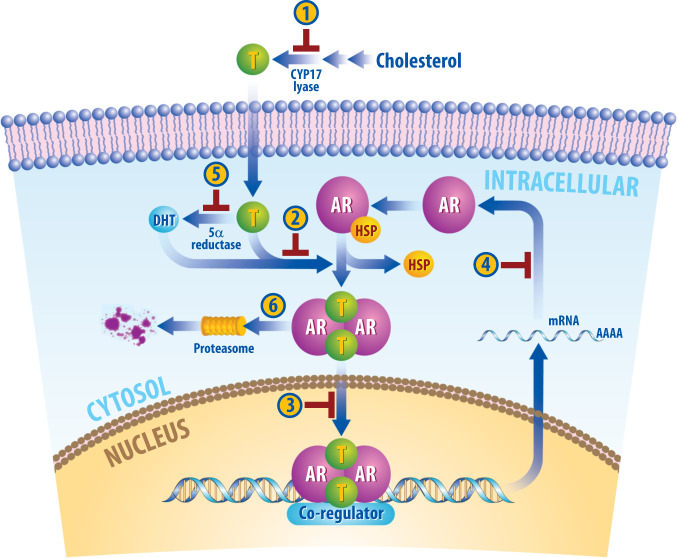Fig. 1. Therapeutic strategies used to inhibit AR signaling.
Androgens like testosterone (T) are produced from cholesterol. CYP17-lyase inhibitors and aromatase inhibitors (1), including abiraterone acetate, seviteronel, CR1447, orteronel, galeterone, block the conversion of cholesterol into testosterone. Additionally, luteinizing hormone-releasing hormone (LHRH) or gonadotrophin-releasing hormone (GnRH) antagonists function to reduce levels of circulating androgens, and ketoconazole inhibits production of testosterone. When androgens enter the cell, they can be converted to DHT, a more potent AR agonist. This reaction requires 5α-reductase, an enzyme that can be inhibited by finasteride and dutasteride (5). Antiandrogens (2), including flutamide, bicalutamide, enzalutamide, apalutamide, darolutamide, CR1447, seviteronel, and TRC253, block androgen binding to AR or inhibit AR function. Many antiandrogens, including enzalutamide, apalutamide and darolutamide, inhibit nuclear translation of AR, preventing DNA-binding and downstream gene transcription. Antisense oligonucleotides bind to mRNA encoding AR, preventing protein translation (4). AR degraders (6) promote protein ubiquitination and proteasomal-mediated degradation to lower AR protein levels intracellularly.

